
How to plant the eye?
Where, when, and how?
Contents
Easy to grow, the eye or Dianthus in Latin, is a must-have flower for traditional and wild gardens.
It offers abundant flowering and a sweet fragrance. It blooms in rockeries, borders, and terraces throughout the summer… provided it is planted correctly and in the right place.
To achieve this, discover our tips for successfully planting your eyes!
Where to plant the Dianthus?
Easy to grow, the carnation thrives almost everywhere in France and even adapts to coastal areas. With good hardiness (down to -15°C), it withstands frost and copes well with summer drought. It requires a sunny or very lightly shaded and open position. While it prefers alkaline soil, it tolerates all well-drained and moderately rich soils. It dislikes waterlogged ground, favouring permeable and stony soils, dry to fresh.
This is a versatile plant that enjoys all kinds of sunny locations. Dianthus can be grown in isolation, at the edge of rockeries, or in pots. It is best planted in groups alongside small grasses like Stipa tenuifolia, or with other perennials suited to dry conditions such as lavenders, helianthemums, Nepetas, Veronicas, Alyssums, moss phlox, or Achilleas. The low varieties are perfect for raised beds, dry rockeries, well-drained slopes, or between the stones of a wall where they form flowering cushions.
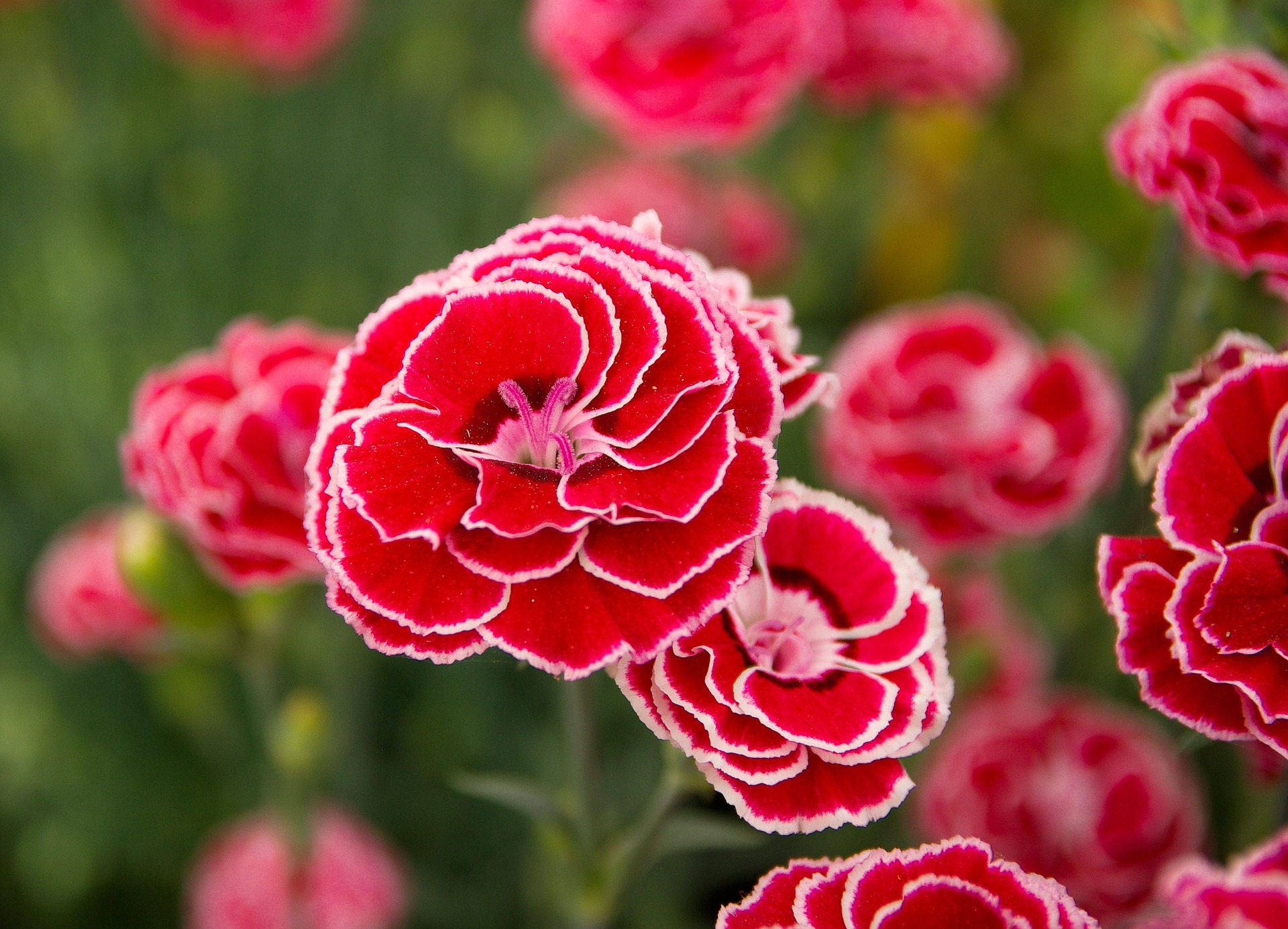
Read also
Dianthus: 6 ideas to pair in the gardenWhen and how to plant Dianthus?
Carnation or Dianthus should be planted in spring from March to April, preferably in humid regions or in cold winters, or in autumn from September to October in milder areas (avoiding periods of frost and drought).
Once well established, these perennials are easy to grow and do not pose any cultivation problems, provided the soil is light, cool during summer, and especially well-drained (excess water in summer as well as winter would be fatal).
- Loosen the soil with a garden fork, working the soil well. Dig a hole using a spade that is double the volume of the bucket; in heavy soil, incorporate gravel to improve drainage.
- Plant in a mixture of potting soil and garden soil, ensuring that the basal leaves are not buried. Allow for 5 to 7 buckets per square metre. Space the plants 25-30 cm apart when planting. Fill in with soil. Lightly firm down.
- Water regularly at first to encourage rooting. In summer, keep the soil cool to support flowering and ensure good rooting.
Container Cultivation
- Place a layer of clay balls or gravel at the bottom of the pot to prevent standing water
- Plant in a well-draining mixture of potting soil, garden soil, and gravel
- Position in sunlight
- Water regularly in summer to ensure the substrate never dries out
- Avoid leaving water in the saucers: Dianthus dislike having their feet in water
- Apply a balanced fertiliser in spring
Discover other Dianthus - Pinks
View all →Available in 0 sizes
Available in 2 sizes
Available in 2 sizes
Available in 2 sizes
Available in 1 sizes
Available in 2 sizes
Available in 2 sizes
Available in 1 sizes
Available in 2 sizes
Available in 1 sizes
Maintenance and care
Caring for Dianthus is minimal. Highly resistant to diseases, once well established, it requires little care and proves to be a low-maintenance perennial as long as the soil remains perfectly drained.
- Remove flowers as they fade to encourage the appearance of new blooms. Be more moderate in pinching back older plants.
- Florist’s carnations and sweet William may require slight staking to support the flower stems.
- Lightly trim the clump after summer flowering to encourage a second flush in September for perpetual varieties.
- A light clean-up or trimming of some of the dried foliage with shears close to the ground in October is sufficient to maintain a dense habit and ensure flowering the following season.
- To stimulate flowering, apply well-decomposed compost or a balanced fertiliser in spring for potted specimens.
- Take cuttings or perform layering to propagate the plant.
- Subscribe!
- Contents































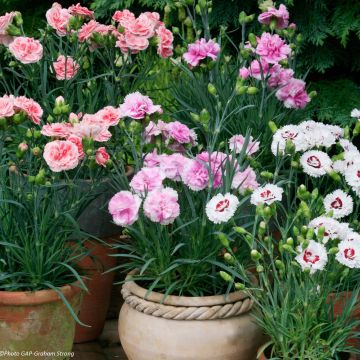
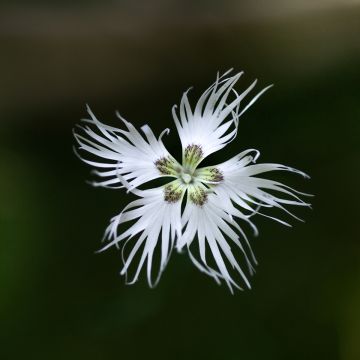
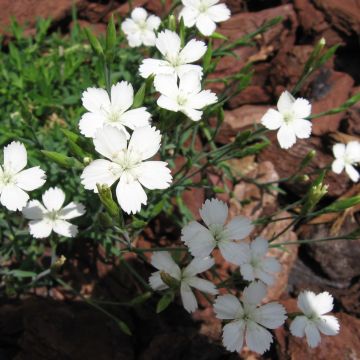
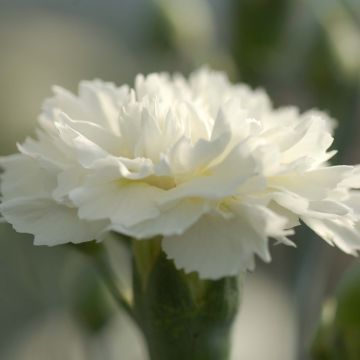
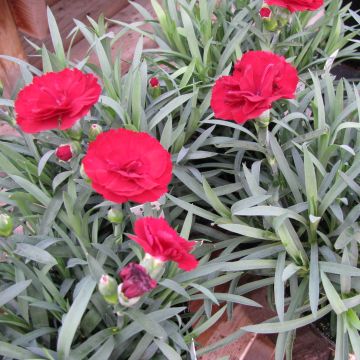
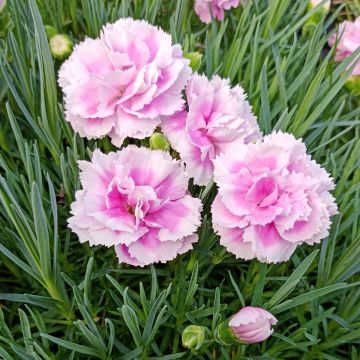
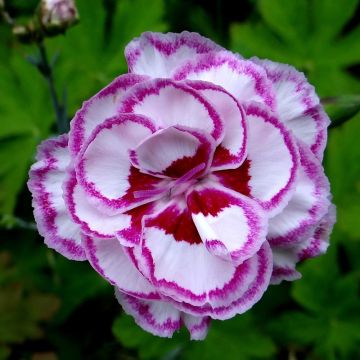
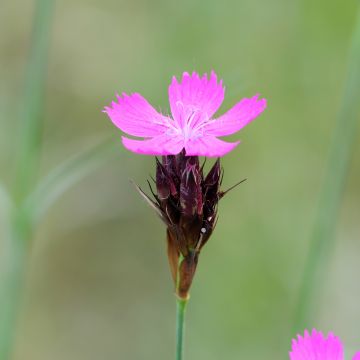
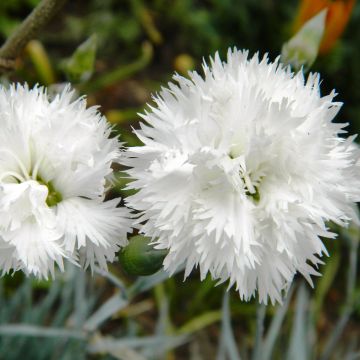
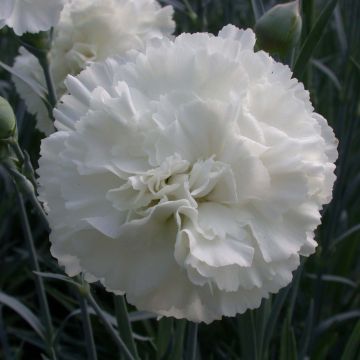
Comments